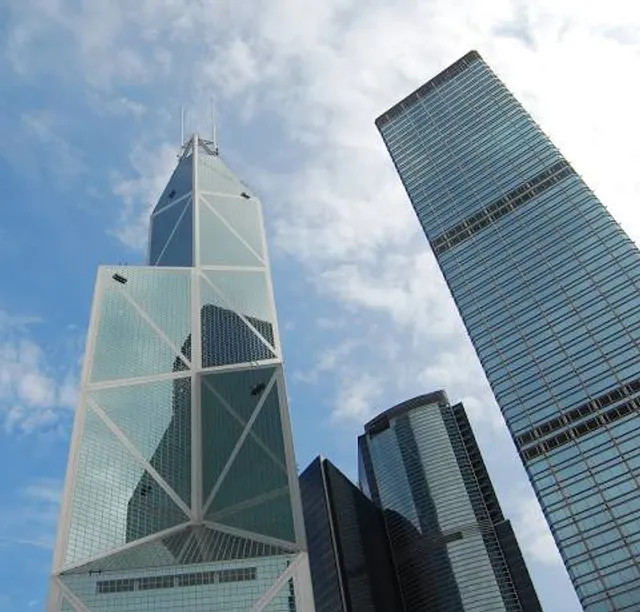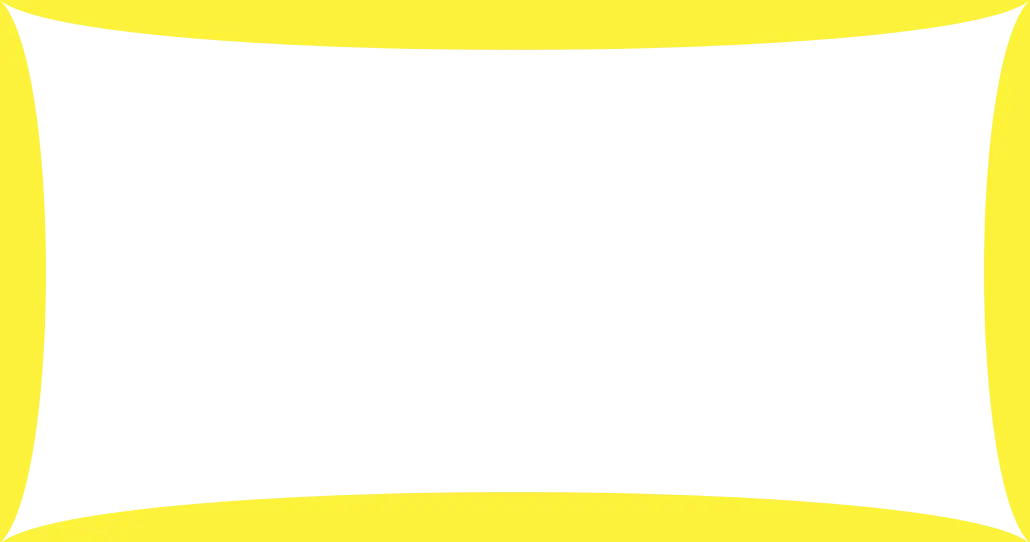Bank of China Tower things to do, attractions, restaurants, events info and trip planning
Basic Info
Bank of China Tower
1 Garden Rd, Central, Hong Kong
4.1(978)
Open 24 hours
Save
spot
spot
Ratings & Description
Info
The Bank of China Tower is a skyscraper located in Central, Hong Kong. Located at 1 Garden Road on Hong Kong Island, the tower houses the headquarters of the Bank of China (Hong Kong) Limited.
Cultural
Accessibility
attractions: The Peak Tram, Chater Garden, Flagstaff House Museum of Tea Ware, Statue Square, Hong Kong Park, Hong Kong City Hall, Cheung Kong Park, Forsgate Conservatory, Former French Mission Building, Edward Youde Aviary, restaurants: Popinjays, Mott 32, Lippo Chiuchow Restaurant, LockCha (Admiralty), Ippudo (Admiralty), Cipriani Hong Kong, simplylife FOODPLACE, Maxim's Palace (Central), Garden Lounge, Shiki Etsu Japanese Restaurant
 Learn more insights from Wanderboat AI.
Learn more insights from Wanderboat AI.Website
bochk.com
Plan your stay

Pet-friendly Hotels in Hong Kong
Find a cozy hotel nearby and make it a full experience.

Affordable Hotels in Hong Kong
Find a cozy hotel nearby and make it a full experience.

The Coolest Hotels You Haven't Heard Of (Yet)
Find a cozy hotel nearby and make it a full experience.

Trending Stays Worth the Hype in Hong Kong
Find a cozy hotel nearby and make it a full experience.
Reviews
Nearby attractions of Bank of China Tower
The Peak Tram
Chater Garden
Flagstaff House Museum of Tea Ware
Statue Square
Hong Kong Park
Hong Kong City Hall
Cheung Kong Park
Forsgate Conservatory
Former French Mission Building
Edward Youde Aviary

The Peak Tram
4.3
(8.8K)
Open 24 hours
Click for details
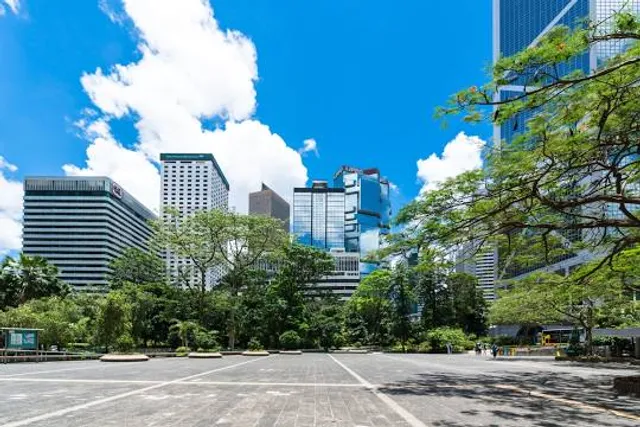
Chater Garden
4.1
(453)
Open 24 hours
Click for details

Flagstaff House Museum of Tea Ware
4.2
(382)
Open 24 hours
Click for details
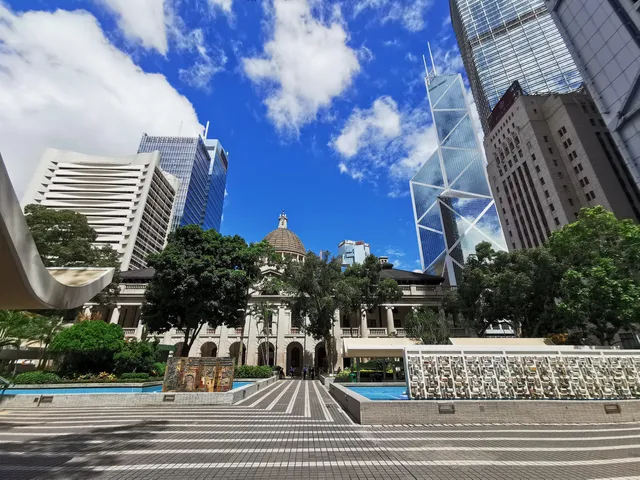
Statue Square
4.1
(1.4K)
Open 24 hours
Click for details
Things to do nearby
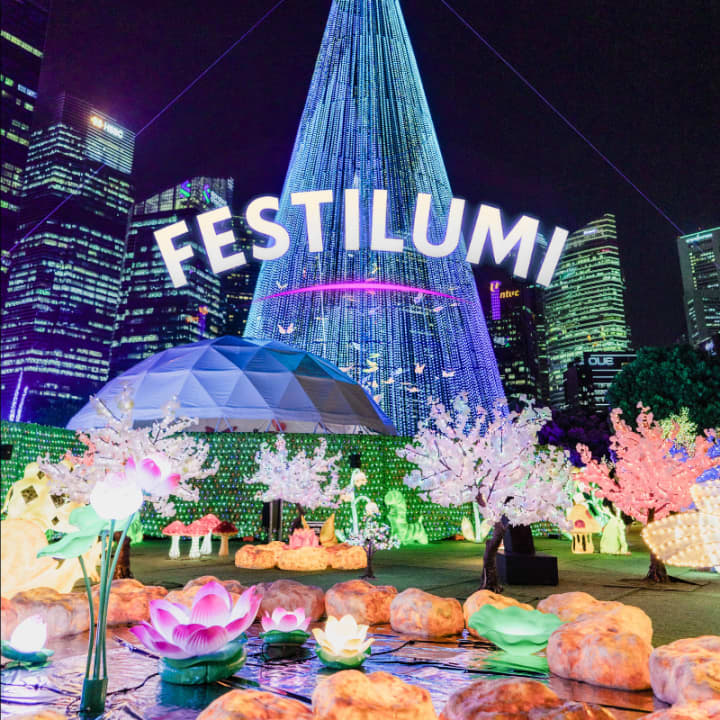
Festilumi
Sat, Dec 20 • 6:15 PM
3 Hung Hing Rd, Wan Chai, 00000
View details
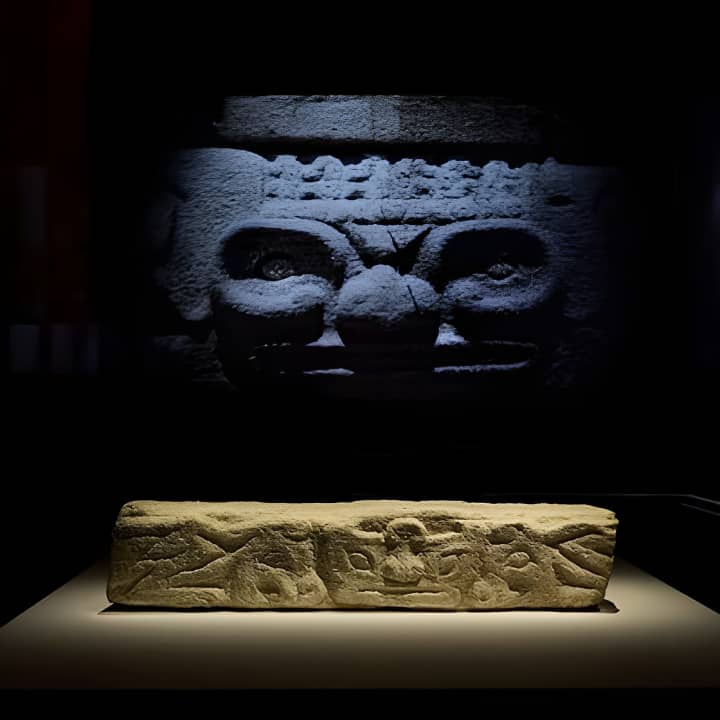
香港故宫博物院门票
Sun, Dec 21 • 10:00 AM
西九龍博物館道38號
View details

维多利亚山顶参加语音导览,经半山扶手电梯登上山顶
Sat, Dec 20 • 12:00 AM
中環租庇利街
View details
Nearby restaurants of Bank of China Tower
Popinjays
Mott 32
Lippo Chiuchow Restaurant
LockCha (Admiralty)
Ippudo (Admiralty)
Cipriani Hong Kong
simplylife FOODPLACE
Maxim's Palace (Central)
Garden Lounge
Shiki Etsu Japanese Restaurant
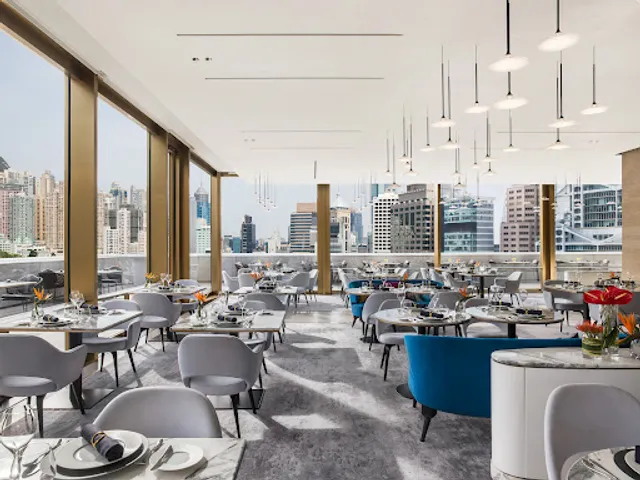
Popinjays
4.3
(377)
Click for details

Mott 32
4.4
(993)
Click for details

Lippo Chiuchow Restaurant
3.9
(346)
$$
Click for details
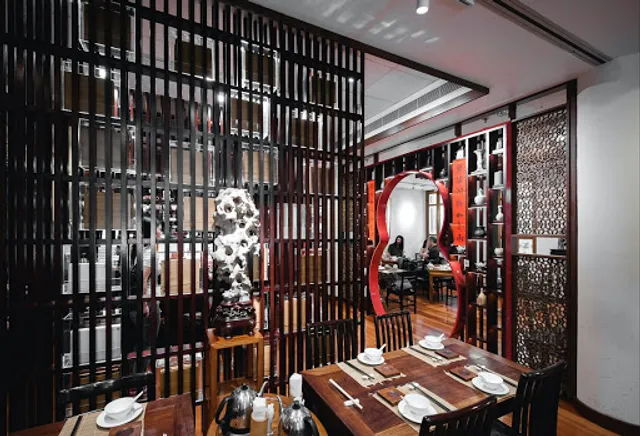
LockCha (Admiralty)
4.3
(263)
$$
Click for details
